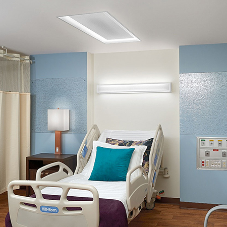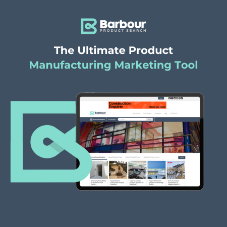Specification strategy expert Chris Ashworth sets out five best practices to assure effective promotion and selection of your building products by architects and engineers.
Selling to specifiers is an increasingly complex and expensive process, so its important to get it right. Here are five best practices you can implement to ensure your internal platforms effectively support your specification sales activity:
Target the right projects: Combining and analysing the data from Barbour ABI and your CRM system will show you the projects that offer the greatest chance of success. This will be determined by the market sector (e.g. healthcare, education, residential) type of contract (Traditional, Design & Build) and your track-record with the decision makers. Use this knowledge to focus your sales teams’ effort where it will receive maximum return. For those lesser opportunities adopt a more automated marketing approach.
Get the timing right: There are a number of decision makers who will influence product selection. If they have an established relationship with you, they may initiate the enquiry, and that is what you should be aiming for. This is achieved by building trust and through good content marketing. Alternatively, you need to approach them at the right time, and depending on their role this will be at different stages of the RIBA Plan of Works. To further complicate things, the exact timing will be determined by the type of product you are marketing. Clues to the timing can be gauged by when they submit enquiries or download information from your website.
Engage with the key decision makers: There will be a number of people influencing the selection of your product. Exactly who depends on the type of product. But contenders from the Decision Making Unit (DMU) will include Architect, Quantity Surveyor, Contractor - possibly the Client and an Engineer. Using Personas can help you tailor your approach in terms of timing and the relevant benefits you offer.
Get key clauses included in project specification: These are your product clauses, which represent unique, or almost unique, features. For these to be included, you need to give the specifier good reason to do so. Among others, this might be technical superiority, good aesthetics, long term durability, ease of maintenance, sustainability and compatibility with other systems. Presenting these benefits can be achieved via a CPD, by publishing an authoritative article, or in response to a technical enquiry.
Engage with the DMU throughout the life of the project: Needs will change during the life of a project and new players, such as specialist sub-contractors, will become involved. So the status of the project needs to be constantly monitored. Barbour ABI can contribute to this. When you learn of changes you need to understand why they are being made and remind decision makers of the benefit of your product. If it is clear that your product will not be used, offer an alternative from your own range if you have one. As a last resort, and only if it is appropriate, consider offering a price discount. If you do lose the project learn from the experience, then you can avoid repeating mistakes or ensure that in future you do not target projects with a low chance of success.
The days of cold calling architects are over. Today’s approach uses good market knowledge combined with some very effective tools to ensure a targeted approach. Get this right and you will have a successful specification strategy.
Further Information
Chris Ashworth is founder of Competitive Advantage Consultancy which specialises in helping building product manufacturers to be more effective at getting their products selected. Services include bespoke market research, training programmes and a range of sales and marketing tools to help with specification strategy.
Sign up to the Competitive Advantage newsletter for an overview of construction market activity as well as construction sales and marketing advice.
Related Blog Articles



crop192.png)












